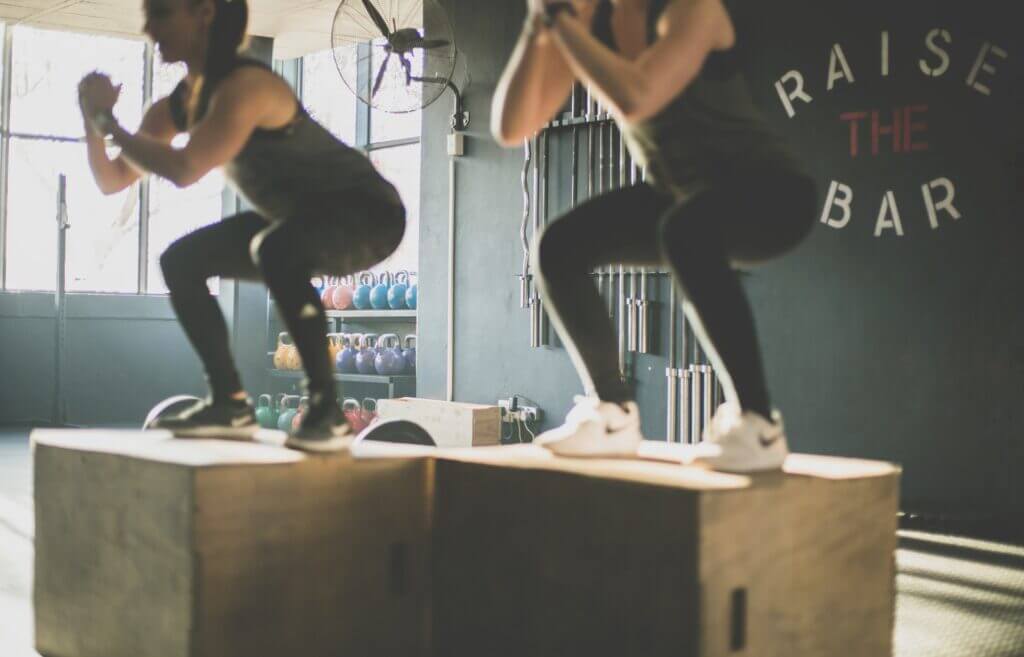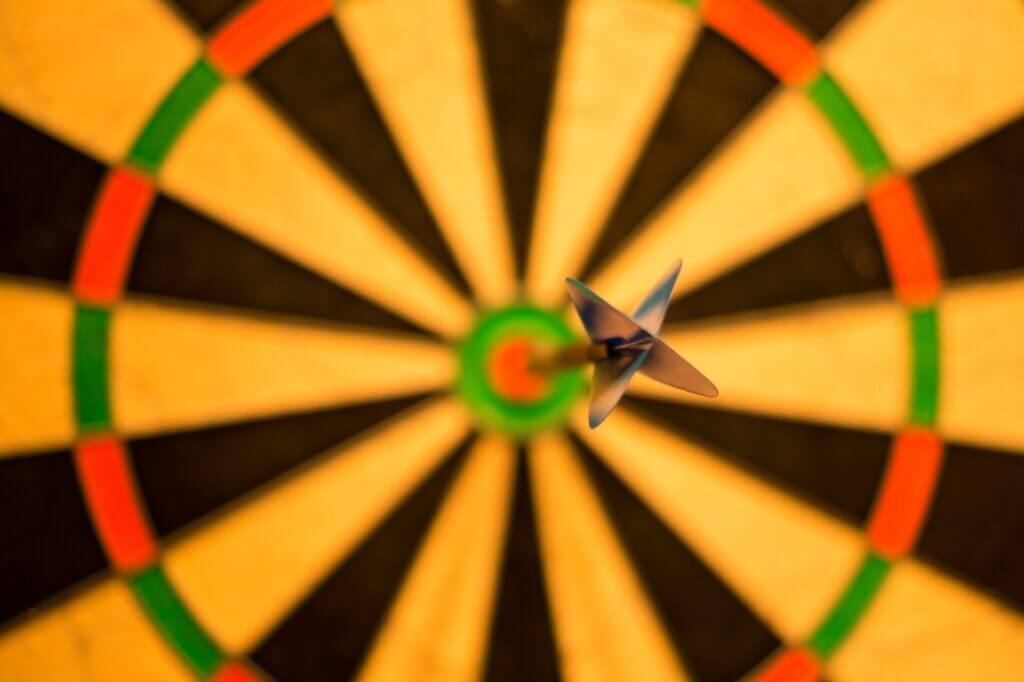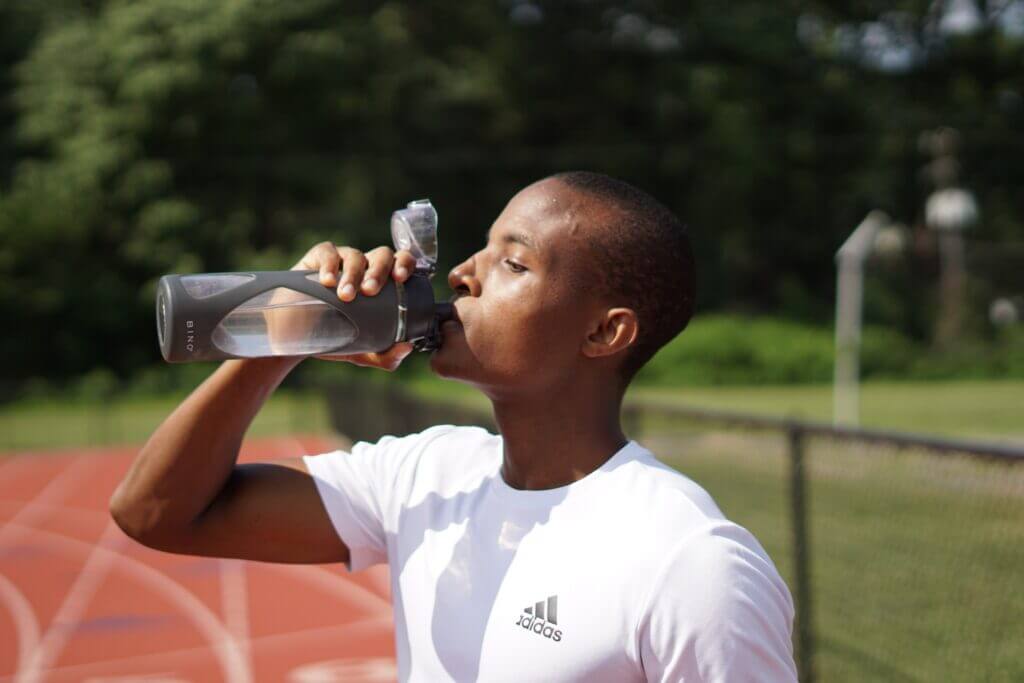Are you a runner looking to improve your performance and wondering how long it will take to see results? Or are you someone who is considering taking up running but feeling unsure about how quickly you can expect to see improvements? Either way, you’re in the right place!
Running is not just a great way to improve your physical fitness, but it’s also a sport that can be challenging and rewarding. However, with so many factors at play, it can be challenging to know how much time and effort you need to invest before seeing results.
In this article, we’ll dive deep into the world of running and explore the different factors that affect running performance. From physiological and psychological factors to nutrition and hydration, we’ll examine everything you need to know to take your running game to the next level.
But that’s not all! We’ll also share some valuable tips on how to create a training plan that works for you and how to track your progress effectively. And of course, we’ll answer the question that’s been on your mind: how long does it take to improve running? Spoiler alert: it’s not as simple as you might think!
So, whether you’re a seasoned runner or just starting, grab your running shoes, and let’s get started on this exciting journey toward improved running performance. Get ready to learn, be inspired, and maybe even be surprised!
Table of Contents
I. Understanding the Factors that Affect Running Performance
To improve running performance, it’s important to understand the factors that can affect it. Running is a physically demanding activity, and factors such as cardiorespiratory fitness, muscular strength, and endurance play a crucial role in determining performance.
Psychological factors such as motivation, focus, and mental toughness also play a vital role in improving running performance.
A. Explanation of physiological factors affecting running performance

Improving running performance is not just about hitting the pavement day after day. It’s also about understanding the physiological factors that affect your performance. Some of the key physiological factors that affect running performance include:
- Cardiovascular fitness
A strong cardiovascular system is essential for running, as it enables your body to efficiently deliver oxygen and nutrients to your muscles. The heart and lungs work together to provide your muscles with the necessary oxygen, and improving cardiovascular fitness can enhance this process.
- Muscular strength and endurance
Running relies heavily on lower body muscles, including the quadriceps, hamstrings, and calves. Improving strength and endurance in these muscles can help you run more efficiently and for longer periods of time.
- Flexibility
Good flexibility can help reduce the risk of injury while running. It allows your muscles to move more freely and with a greater range of motion, which can improve your running form and help you avoid strain and injury.
B. Discussion of psychological factors affecting running performance

While physiological factors are important, psychological factors can also play a critical role in improving running performance. Some of the key psychological factors that can impact running performance include:
- Motivation
Staying motivated is crucial for any runner looking to improve their performance. Without motivation, it can be difficult to stick to a training plan or push yourself to run further or faster.
- Mental toughness
Running is not always easy, and it’s important to be mentally tough in order to push through discomfort and fatigue. Mental toughness can help you overcome obstacles and achieve your goals.
- Focus and concentration
Running requires a high level of focus and concentration, especially during long runs or races. Improving your ability to stay focused can help you maintain your pace and avoid distractions that can slow you down.
Understanding both the physiological and psychological factors that affect running performance is crucial for developing a comprehensive training plan that can help you improve your running performance over time.
In the next section, we will discuss how to create a plan to improve your running.
II. Creating a Plan to Improve Running
Improving running performance requires a well-structured and progressive training plan. Here are some essential steps to create a training plan that will help you reach your running goals.
A. Importance of Setting Realistic and Achievable Goals

Before creating a training plan, it’s essential to set realistic and achievable goals. These goals should be specific, measurable, attainable, relevant, and time-bound (SMART).
When setting goals, it’s essential to consider your current fitness level, previous running experience, and your overall lifestyle. For instance, if you’re new to running, setting a goal of running a marathon in a few weeks might not be realistic.
B. Explanation of How to Create a Training Plan
A training plan should consider the frequency, intensity, and duration of your runs. When creating a plan, it’s also important to include cross-training activities such as strength training, yoga, and swimming, which can help prevent injuries, improve running form, and boost overall fitness.
To start, begin with a low to moderate-intensity plan, and gradually increase the duration and intensity of your runs over time. A good rule of thumb is to increase the duration or distance of your runs by no more than 10% each week.
C. The Role of Nutrition and Hydration in Improving Running Performance

The right nutrition and hydration are critical components of any training plan. Eating a well-balanced diet with an appropriate amount of carbohydrates, proteins, and healthy fats can help fuel your runs and aid in recovery.
Proper hydration is also essential to avoid dehydration, which can impact your running performance negatively. It’s crucial to drink enough water before, during, and after your runs to stay hydrated.
Additionally, incorporating electrolyte drinks can help replace lost minerals and maintain hydration levels.
Remember to start slow and gradually increase the intensity and duration of your runs, and set realistic and achievable goals to avoid injury and burnout.
III. Tracking Progress
To improve running performance, it’s essential to track progress regularly. Tracking progress not only helps to keep you motivated but also helps you identify areas where you need to improve. Here are some sub-headings that can be covered in this section:
A. The Importance of Tracking Progress
Tracking progress is crucial for runners looking to improve their performance. By tracking progress, you can evaluate the effectiveness of your training program and make adjustments where necessary. It can also help you stay motivated by providing tangible evidence of your improvement.
B. Different Methods of Tracking Progress

There are various methods to track progress when it comes to running. Some of the most common methods include tracking distance and time, tracking heart rate, and tracking perceived exertion.
- Tracking Distance and Time
This is the simplest method of tracking progress, and it involves measuring the distance you cover during a run and the time it takes to cover that distance. You can use a GPS watch or a smartphone app to track your distance and time accurately.
- Tracking Heart Rate
Heart rate is an excellent indicator of how hard you’re working during a run. By tracking your heart rate, you can ensure that you’re training at the right intensity level to see improvements.
- Tracking Perceived Exertion
Perceived exertion is a subjective measure of how hard you feel like you’re working during a run. This can be a useful tool, especially for beginners who may not have access to heart rate monitors or GPS watches.
C. How to Make Adjustments to Your Training Plan Based on Progress
Once you’ve started tracking your progress, it’s essential to use the data you’ve gathered to adjust your training plan. For example, if you notice that you’re not making progress, you may need to increase the intensity or frequency of your runs. Alternatively, if you’re experiencing pain or injury, you may need to take a break from running to recover.
By monitoring your progress regularly and making adjustments to your training plan, you can achieve your running goals and see significant improvements in your performance.
IV. How Long Does it Take to Improve Running?
Improving running performance is a gradual process that requires consistent effort and dedication. The length of time it takes to see improvements can vary greatly depending on several factors.
A. Discussion of how quickly runners can expect to see improvements
Beginners who have just started running can expect to see improvements within a few weeks to a month. This is because the initial improvements are usually related to cardiovascular fitness and increased endurance.
Intermediate runners who have been training for a few months to a year can expect to see improvements in their speed, strength, and endurance over several months.
Advanced runners who have been running consistently for several years may experience slower improvements but still have the potential to make gains in their performance with focused training.
B. Factors that influence the rate of improvement
- Training history
Runners who have a history of consistent training and have already built a solid fitness base may see improvements more quickly than those who are just starting out.
- Age and gender

Age and gender can also play a role in the rate of improvement. Younger runners may see improvements more quickly than older runners, as they have higher levels of natural hormones and better recovery abilities.
Women may also experience slower improvements due to physiological differences such as lower muscle mass and hormonal fluctuations.
- Genetics
Genetics can also influence how quickly a runner can improve their performance. Some individuals may have a genetic predisposition to running ability, while others may have genetic factors that make running more challenging.
C. Realistic expectations for improvements in running performance
It is important for runners to set realistic expectations for the rate of improvement they can expect to see. While some runners may make rapid progress, others may experience slower gains.
The key is to focus on consistent, gradual improvements over time. It is also important to remember that progress may not always be linear, and setbacks and plateaus can occur.
With patience, dedication, and a well-planned training program, runners can improve their running performance and reach their goals.
V. Conclusion
In conclusion, improving running performance is a challenging yet rewarding process that requires consistent effort, dedication, and patience.
By understanding the physiological and psychological factors that affect running performance, creating a well-planned training program, tracking progress, and setting realistic expectations, runners can make gradual improvements in their performance over time.
While the rate of improvement may vary depending on individual factors such as training history, age, gender, and genetics, the key is to stay committed to the process and focus on consistent progress.
With time and effort, runners can achieve their goals and improve their running performance, leading to better overall health and fitness. So, lace up those running shoes and start working towards a better and stronger you!


